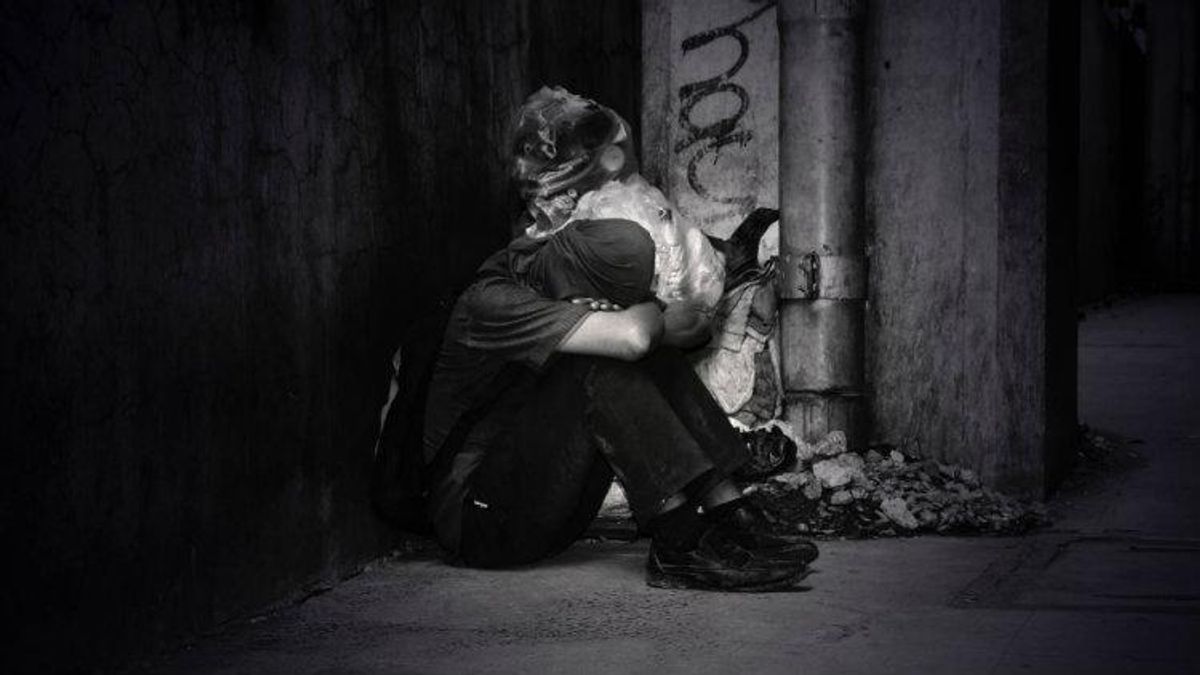It's easy to forget that, though we live in a time of relative prosperity for the LGBTQ community, widespread tolerance and acceptance remain distant goals. Though television shows like Transparent and RuPaul's Drag Race have brought the queer conversation to the mainstream and our living rooms, plenty of disharmony remains. Unfortunately, it's the youth of the LGBTQ community that often feels the brunt of the pushback from unaccepting older generations.
Young people are 120 percent more likely to become homeless if they identify as LGBT compared to straight people, and it's going to take efforts from policymakers and regular citizens to fight this rising trend. OUT spoke with Dr. Richard Johnson, a professor at the University of San Francisco and expert in the field of social equity and human rights within public policy and administration to see what might be done in the future to curb this disturbing uptick.
Related | Survival Sex Spotlights Homeless LGBTQ Youth
OUT: What can be done in the short-term and long-term to combat LGBTQ homelessness?
Dr. Richard Johnson: In the short-term, cities and states can create more safe spaces for LGBT homeless youth which includes, housing, counseling services, educational programs, and mentoring programs. The long-term solution has got to be a several-prong approach which includes education for parents in understanding the trauma in which LGBTQ homeless youth face. Political awareness is also an essential approach to this critical situation.
What can be done on the government's side of things?
Federal, state, and local governments must have a willingness to create policies that are pro-active in getting homeless youth off the streets. Education is also extremely important. Many LGBT homeless youth drop out of middle school and high school because they have been displaced from home.
Why do you think LGBTQ homelessness has increased, especially during a time when people would argue that the LGBTQ community is more accepted than other?
The belief that being LGBTQ is widely accepted countrywide is a myth. The southern United States and even many northern states continue to have strong pockets of homophobia. Therefore, it is reasonable to believe that some parents would rather see their LGBTQ child on the streets. We only have to look at the Pulse nightclub massacre to understand that LGBTQ people are still not living in a panacea of goodwill.
Related | Troye Sivan Talks with LGBTQ Homelessness Advocates at New York's Ali Forney Center
Do you think that an increased acceptance in media has made people complacent and made them forget about the real struggles the LGBTQ community faces?
Yes. It's easy for shows like Will & Grace to depict gay life as exciting and full of joy, however, there is still a stigma in communities of color and poor white communities. Trans people of color are still being murdered in large numbers each year without much intervention from the larger LGBTQ community and/or law enforcement.
How did you get involved in this field of study?
I was bullied for being gay when I was in middle school and even in college to a degree. The trauma is still with me but I am using my voice as an academic to bring serious attention to a cause near and dear to my heart.
How do you see this issue developing over the next three years of a Trump presidency?
This is only going to get worse. Trump has not created or developed any position in the White House that would foster a sense of understanding and compassion for the LGBTQ community in general, let alone homeless LGBTQ youth. We are ' in the community because they have little hope and nothing to look forward to.
This interview has been edited and condensed.
























































































